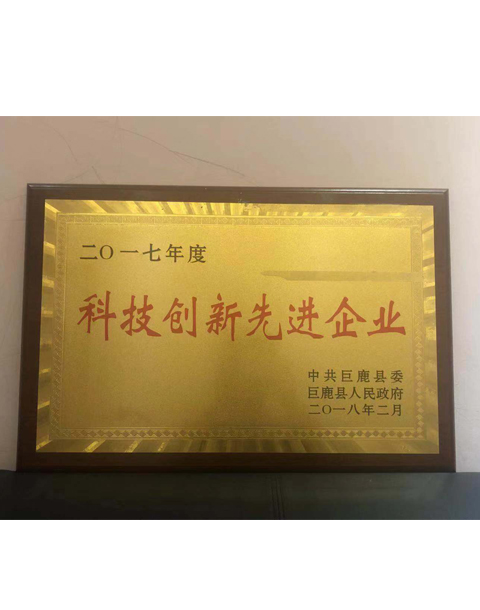Understanding the Function and Importance of Lip Seal Rings in Various Applications
Understanding Lip Seal Rings Function, Design, and Applications
Lip seal rings are integral components in various mechanical systems, primarily employed for sealing applications in rotary and linear motions. These versatile seals play a crucial role in preventing the leakage of lubricants and the ingress of contaminants, ensuring optimal performance and longevity of machinery. This article delves into the design, function, and applications of lip seal rings.
What is a Lip Seal Ring?
A lip seal ring, often referred to simply as a lip seal, consists of a flexible elastomer or rubber material that forms a lip at its outer edge. This lip acts as a barrier, facilitating the maintenance of fluid pressure and minimizing the escape of lubricants or hydraulic fluids. The design typically features a circular cross-section, although various configurations exist to accommodate specific operational requirements.
Function of Lip Seal Rings
The primary function of lip seal rings is to create a dynamic seal between rotating shafts and stationary housings or other components. The flexible lip compresses against the shaft, forming a tight seal that adheres to its surface. This design not only prevents leakage but also accommodates some degree of shaft misalignment and wear, thanks to its flexible nature.
Moreover, lip seals can be engineered for specific applications, allowing for variations in lip design, hardness, and material composition. For instance, seals can be designed to withstand high pressures, extreme temperatures, or corrosive environments. This adaptability makes lip seal rings suitable for an extensive range of industries, including automotive, aerospace, manufacturing, and oil and gas.
Design Considerations
When designing a lip seal ring, several factors must be taken into account to ensure optimal performance
lip seal ring

1. Material Selection The choice of material is crucial. Typical materials include nitrile rubber (NBR), fluorocarbon rubber (FKM), and polyurethane, each offering different properties such as chemical resistance, temperature tolerance, and elasticity.
2. Lip Design The shape and angle of the lip can greatly influence sealing efficiency. A well-designed lip can minimize wear and tear while maximizing sealing capability.
3. Installation Tolerance The installation process must be carefully managed. Improper installation can lead to premature wear and failure of the seal. It is essential to evaluate the tolerances and fit between the shaft and housing during this phase.
4. Operational Environment The specific conditions in which the seal will operate, including exposure to chemicals, temperature fluctuations, and speed, will dictate the necessary specifications for the seal.
Applications of Lip Seal Rings
Lip seal rings find applications across diverse sectors due to their effectiveness and reliability. In the automotive industry, they are commonly used in engines, transmissions, and differentials to prevent oil leaks. In aerospace, they ensure the integrity of hydraulic systems and fuel systems, where even a minor leakage could have serious consequences.
In manufacturing, lip seals are vital for various machinery, including conveyor systems and pumps, where they reduce friction and maintain system integrity. Furthermore, in the oil and gas sector, they are employed in drilling equipment and pumps, where their resistance to harsh environments is essential.
Conclusion
Lip seal rings are a cornerstone of modern mechanical design and engineering, providing reliable solutions for sealing in a multitude of applications. Their ability to prevent leaks and contamination while accommodating dynamic movement makes them invaluable across various industries. As technology advances, ongoing research and development will likely yield new materials and designs, further enhancing the performance and applications of lip seal rings in the future. Understanding these components is crucial for engineers and technicians aiming to optimize machinery performance and reliability.
-
The Ultimate Guide to Boat Propeller Bearings and Trailer Wheel Bearings
News Jul.31,2025
-
The Essential Guide to Marine Bearings and Boat Trailer Wheel Bearings
News Jul.31,2025
-
The Complete Guide to Heavy Duty Seals: Protecting Doors and Spaces Efficiently
News Jul.31,2025
-
Essential Guide to Marine Shaft Bearings and Boat Trailer Axle Bearings
News Jul.31,2025
-
Comprehensive Guide to Marine and Trailer Bearings for Safe Boating and Transport
News Jul.31,2025
-
Comprehensive Guide to Automotive Oil Seals: Protecting Your Engine and Shafts
News Jul.31,2025
-
Understanding Automotive Oil Seals: Essential Components for Engine and Shaft Protection
News Jul.30,2025
Products categories















